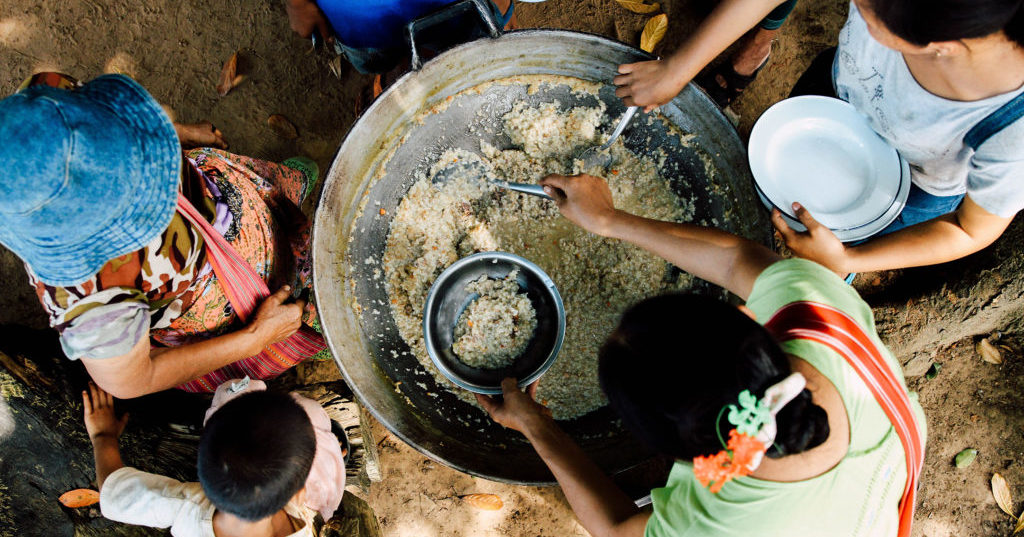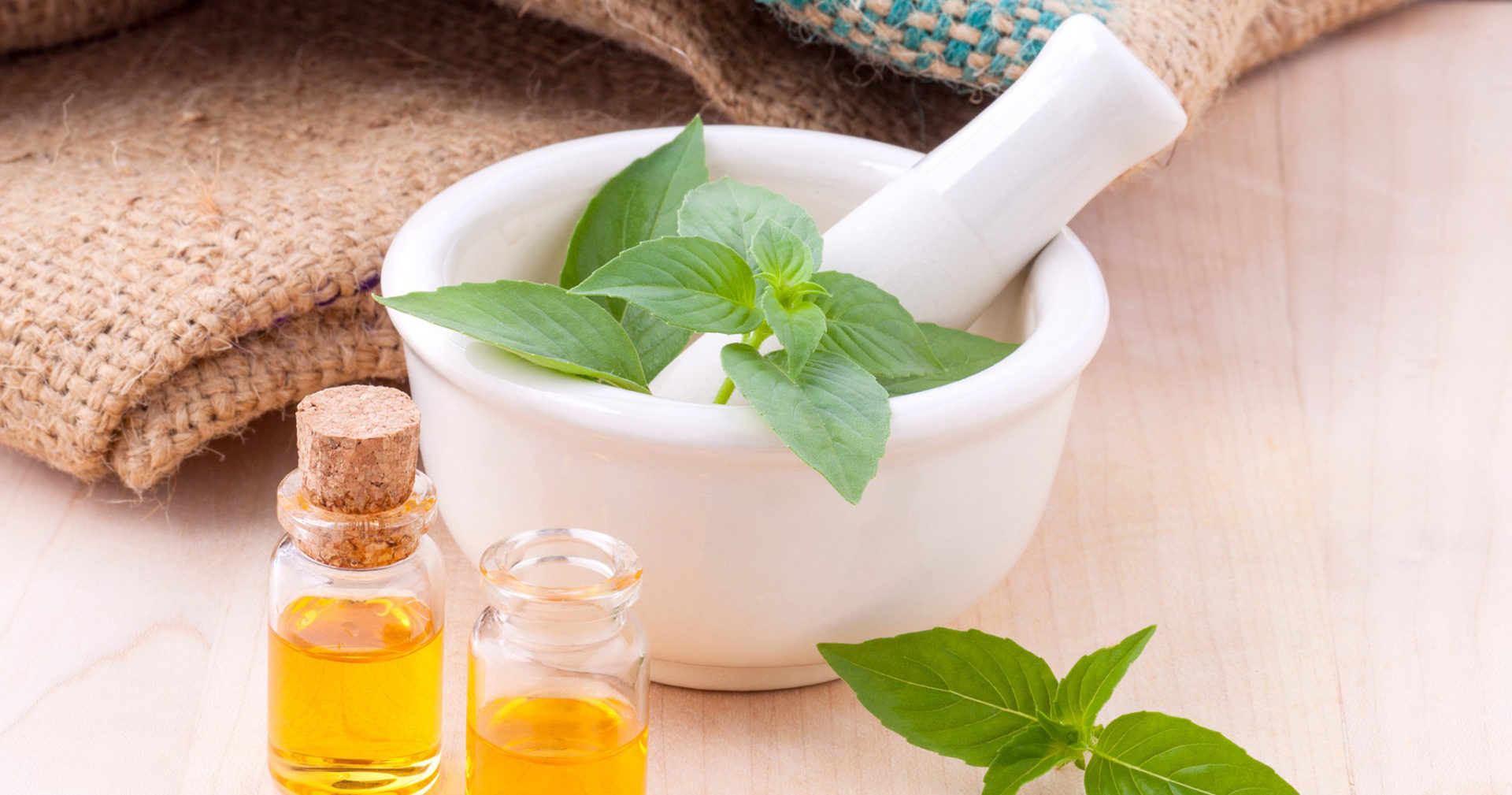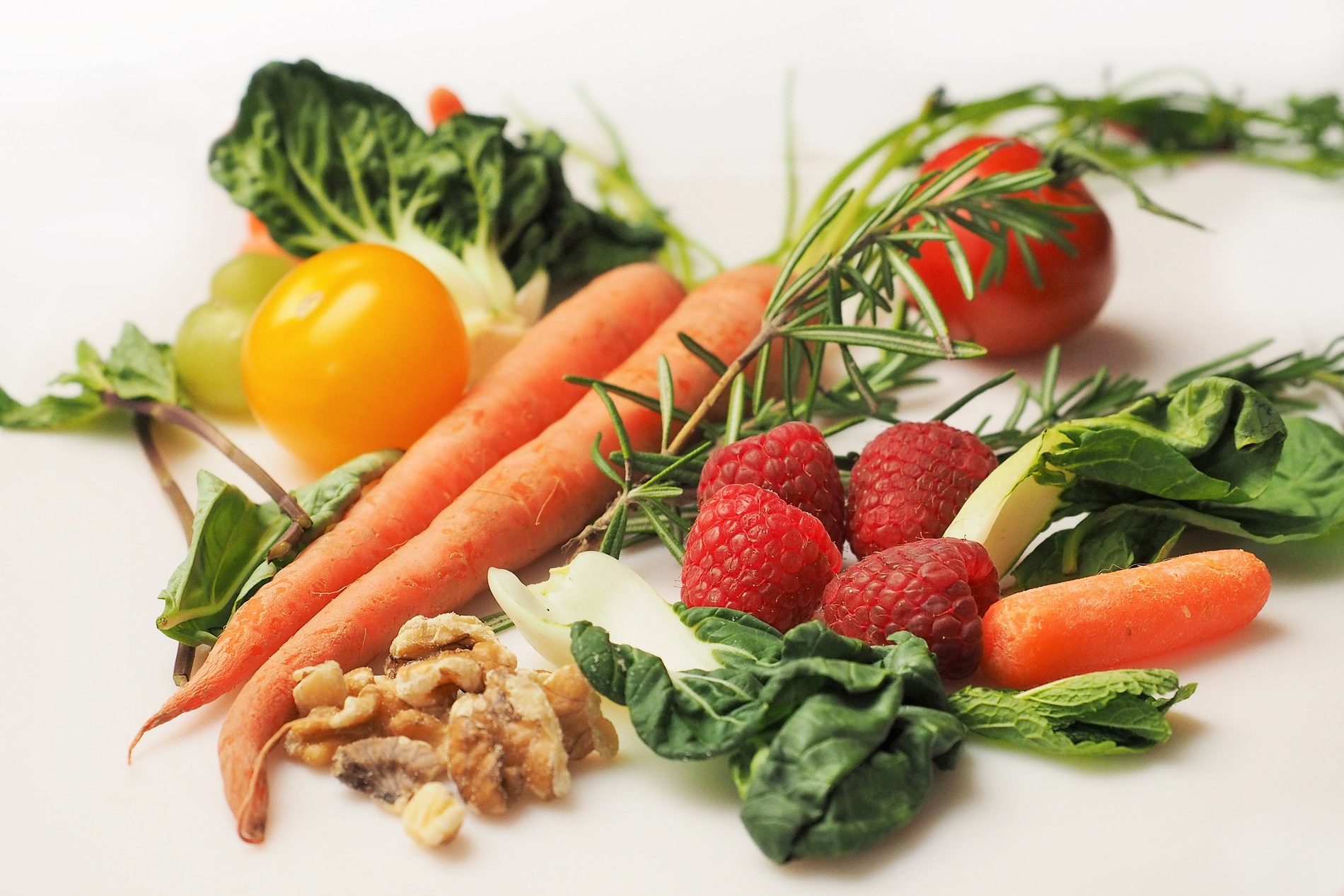This amazingly creamy sauce can be flavored as you wish. I’ve made it Italian, Greek, Indian, and Thai. Spices are seriously everything.
Even though this calls for an immersion blender, you can use a regular blender as well, just more loss of that amazing sauce. (wink) I read somewhere that cutting the spinach before sauteing it allows it to soak in more flavors, so I usually do that.
- In a deep pan, sauté a diced onion with some garlic.
- Add a little more olive oil and a quarter cup of heavy cream then stir in a couple teaspoons of flour. Mix until smooth, add your desired seasoning, and bring to a simmer.
- Add mounds of spinach and allow to simmer for several minutes.
- Use immersion blender and mix well.
- Allow to simmer another minute or two and time to settle.
This sauce can be used on pizza, quesadillas, pasta, on rice, with chips, in a 7 layer dish, and beyond. The fat from the cream and the loaded spinach punch is a great way to get super valuable nutrition.
My guess is that you know some of the amazing benefits that spinach provides. We know it has a high content of iron and vitamins A and C. Rich in protein, it helps us increase metabolism and heal wounds. Have you also heard that by eating spinach, our skin is healthier, our eyesight is improved, and are muscles are stronger?
This amazing article explains in great detail the many health benefits of spinach.
I am aiming as much as I can towards a 100% whole food diet. The ease and convenience of middle-aisle supermarket packages means I don’t have to start from raw almonds to get cheese or chop up 5 quarts of vegetables to get a good base. But the more I am at least aware of what I am eating, and what it takes to preserve what I buy, I see myself easily making easier choices at the grocery store and making more time in the kitchen.
And did you know? Spinach originated in Persia (Iran today) and was grown in other central and Southwestern Asian countries. It made its way to India and then it went on to China through Nepal around 647, where it was called “Persian vegetable.” It was then taken to Sicily in 827. Its history is as rich as its nutrients! Footnote
Let’s keep up a bountiful crop of spinach in our diets.






